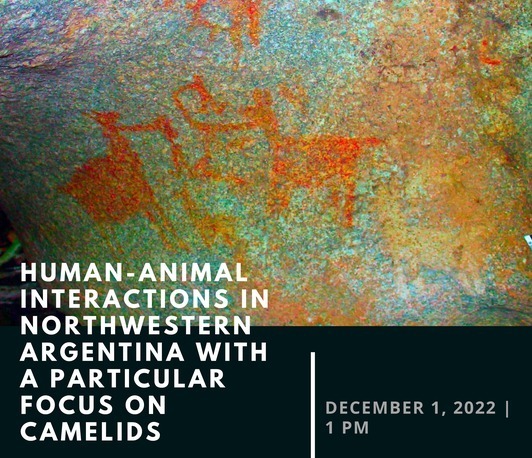Guest Talk: Human-Animal Interactions in Northwestern Argentina with a Particular Focus on Camelids
- Date: Dec 1, 2022
- Time: 01:00 PM - 02:00 PM (Local Time Germany)
- Speaker: Dr. Enrique Moreno
- Location: Hybrid
- Room: Villa V14 and Zoom
- Host: Department of Archaeology
- Contact: zucarelli@shh.mpg.de

The first case study exploreshuman interactions with vicuñas (Vicugna vicugna). Severalinvestigations have shown the importance of this species to human societiesfrom at least 12,000 years ago, with clear evidence for diverse, specializedhunting approaches. I present archaeological evidence for hunting landscapesidentified at Salar de Antofalla, Catamarca, Argentina. However, following theSpanish conquest, there is a clear shift in human interaction with thisspecies, eventually leading to contemporary threats of extinction.
The second case study centres onthe Sierra de El Alto-Ancasti, Catamarca, Argentina and explores thedifferences between archaeological evidence for dispersed rural South Americancamelid pastoralism and more recent settlement patterns focused on dispersedvillages with specialism in different livestock relationships. This economicshift seems to appear since the incorporation into the Spanish colonial regimein the 16th century, with landscapes being emptied of humanpopulations to be put to use for large-scale cattle ranching.
Building from these two casestudies, I discuss the changing socio-historical contexts of human-camelidrelationships in this part of the Neotropics. In particular I seek to probe therole of political and economic changes, with a notable focus on colonialism, inreimagining Argentinian landscapes and pastoral possibilities. I conclude byarguing that these historical perspectives are critical if we are to understandthe threats facing camelid populations and traditional approaches to animalmanagement in the region in the 21st century.